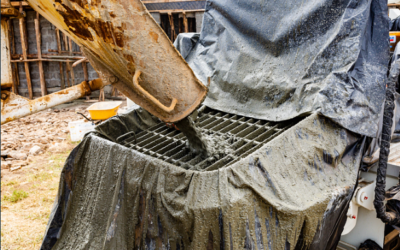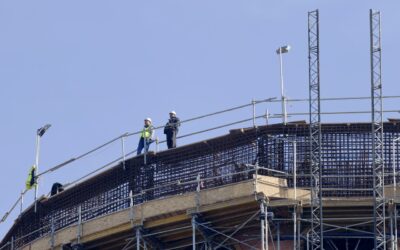Executive summary. Do you often need a professional engineer to facilitate the construction at your projects? Here’s how to pick your engineer and to guarantee the quickest turnaround of the product you need.
Needing a professional engineer. You have traffic control, concrete formwork, deep excavations, shored trenches, worker tie-offs, or any number of activities on your project that require calculations and/or drawings sealed by a registered professional engineer (a P.E.). Now you have identified the need, now you have to find one.
How to pick a P.E. A contractor’s professional engineer is completely different from a design engineer. Yes, they both are duly registered as engineers, but the mindset is generally different. As a contractor you need things now. As a design engineer, often things must be turned around in 30 or more days. As a contractor, you need to build things from inventory on site or at the yard, not buy things new and wait for delivery. Contractor work is often temporary, which requires a different value of loading (on structures) and often becomes quite “on-the-fly” in its construction.
Pick a professional engineer that has worked with contractors in the past and knows these things. Go to his office, look for boots. Talk to him or her and get a feel for sense of urgency.

Quick turnaround. If you’ve selected a P.E. based on the previous paragraph, you can do yourself one better by preparing responsibly and thoroughly for your engineer. That means, if possible, do all of his work. Yes, that sounds silly because you’re hiring this professional to do the engineering for you. But you want it back quickly right? And you may know what you want to build, right? So the answer is to draw what you want and provide all of the supportive data and references to minimize “research time” for the engineer. Prepare as follows:
- General background – provide a general background on what you’re trying to accomplish. Make it more than one sentence, but spell it out simply like “engineering formwork for a 14’ clarifier wall”, “rerouting wastewater temporarily to allow construction in an adjacent influent channel”, “comply with OSHA in providing engineered tie-off for an employee tied off to a concrete block at the edge of a utility trench”, et cetera.
- Full package – if you already know what you want to build and you’re somewhat certain it will work, draw it up! From a speed point of view, if you provide a 100% completed package that only needs a stamp on the front, do it!
- Materials you have – if you have 2×6 lumber and W12 beams in the yard, and the temporary structure must be built with these members, tell your engineer. A good contractor’s engineer will do everything possible to build your structure using materials on hand.
- Engineered data – if you are using a particular type of wood or anchor bolt or tie-off system or pipe, provide this data. This data will be used to support any calculations, and the literature can be included as an appendix to the submittal.
- Project specifications – if you’re ultimately making a submittal to an owner or in accordance with a specification, provide this information so the deliverable is catered to the owner’s needs.
- Project drawings – provide the applicable drawings.
- Due date – is this due now, or can it wait a couple weeks, or longer? Immediately advise of urgency.
- Who’s building it – Who is the supervisor for this work being engineered? Is he competent? Is he honest? Does he take shortcuts?
My story. I’ve stamped many submittals, plans, and calculations for contractors. The best clients are the ones who prepare the entire package, including the title page, for my stamp! What is more realistic is to have the requesting party provide everything in one email and to predict what I need. I listed almost everything above.
What’s good about the contractor’s engineer, is we understand there’s no points for pretty. What I mean is that if calculations are done on notebook paper and with a pencil, this will keep the contractor moving and check the box with your construction manager or client. I’ve seen many shoring designs done with a pencil and graph paper.
Work safe!






0 Comments